In the flotation process, many factors affect the flotation process, including non-adjustable and adjustable factors.
- The non-adjustable factors refer to the ore properties;
- The adjustable factors include grinding fineness, pulp concentration, pulp pH, pharmaceutical system (prescription), pulp temperature, water quality, flotation time, etc.
Industrial Mineral Processing Equipment – Top 1 Brand China
8 factors affect the flotation process in mineral processing
So, do you know what influence the above factors have on the flotation process in mineral processing?
Factors 1#: Ore Properties
Ore properties mainly include ore chemical composition, mineral composition, structure and composition, occurrence state of useful and harmful elements, ore physical and chemical properties, etc. The fluctuation of raw ore grade will increase the difficulty of controlling the flotation process conditions.
Read More: Ore Wikipedia
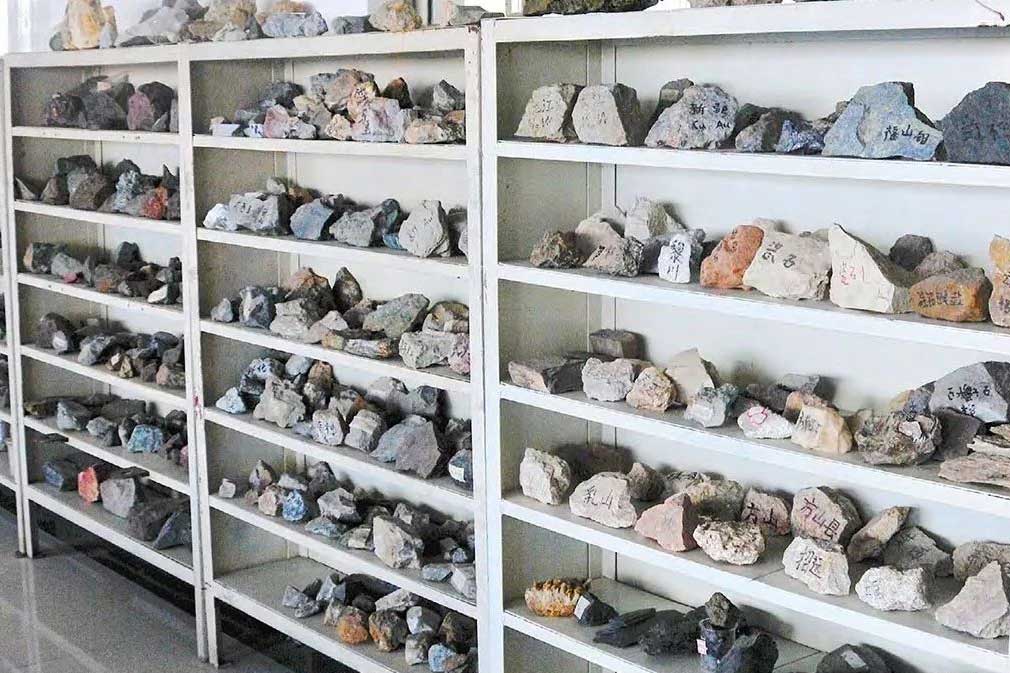
Among them, the oxidation rate of ore has a great influence on flotation, which is mainly manifested in the following three aspects
- Oxidation of metal minerals and gangue minerals will change the original mineral and ore structure, forming a series of earthy or clay-like minerals, which will greatly increase the amount of ore slime.
- Due to oxidation, the mineral composition in the ore will become more complex, and its surface physical and chemical properties will also change, so the original flotation process must be changed.
- The difference in the degree of oxidation of the ore will affect the pH of the pulp, thereby affecting the type and amount of flotation reagents.
Factors 2#:Grinding fineness
Grinding fineness is an adjustable factor, which is mainly achieved through crushing and grinding operations. The suitable grinding particle size should be determined according to the distribution particle size of the useful minerals in the beneficiation test results so that the useful minerals and gangues can basically be dissociated, and the joints of minerals and gangues can be minimized. For coarse-grained individual minerals, the grinding fineness must be less than the upper limit of mineral flotation. For example, the upper limit of sulfide ore flotation is 0.25-0.3mm, and gold-bearing pyrite is 0.2mm. When the monomer gold is greater than 0.5mm, it almost Can not float and should be controlled below 0.25mm.
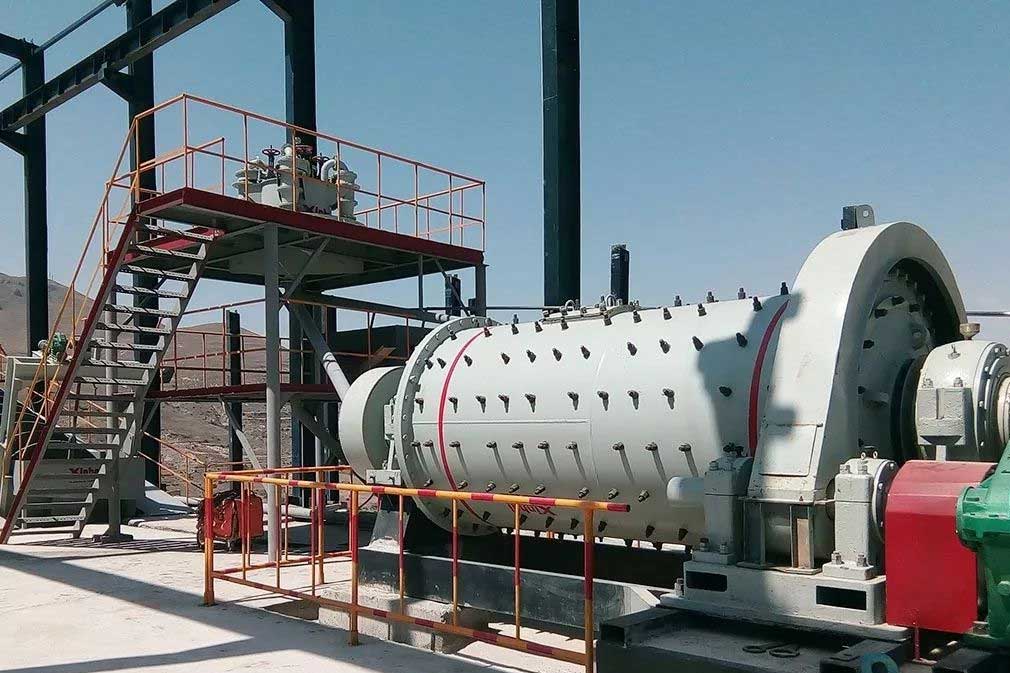
It should be noted that the fineness of ore grinding also has an adverse effect on the flotation process (that is, the effect of over-grinding mud). In general, when the grinding fineness is less than 0.01mm, the flotation index will drop significantly; when the grinding fineness is less than 2-5μm, the useful minerals and gangue minerals can hardly be separated. Therefore, choosing the appropriate grinding fineness has decisive significance for the effect of flotation process.
Factors 3#:Pulp concentration
The impact of pulp concentration on the flotation process is mainly reflected in the following five aspects:
- Recovery rate: In the flotation of various minerals, there is an obvious regularity between the pulp concentration and the recovery rate. When the pulp is very thin, the recovery rate is low, and when the pulp concentration gradually increases, the recovery rate will gradually increase and reach the maximum value. After exceeding the optimal slurry concentration, the recovery rate will drop again.
- Concentrate quality: Generally, the concentrate quality is high when flotation in thinner pulp. While flotation in higher pulp, the quality of the concentrate is low.
- Dosage of reagents: During the flotation process, the slurry must maintain a certain concentration of reagents in order to obtain good flotation process indicators. When the pulp is thicker, the concentration of chemicals in the liquid phase increases, and the dosage of chemicals per ton of ore can be reduced. On the contrary, when the pulp is thinner, the dosage of chemicals per ton of ore needs to be increased.
- Production capacity of flotation machine: With the increase of pulp concentration, the production capacity of flotation machine (calculated according to the amount of dry ore processed) will also increase within the rated production capacity, and the water and electricity consumption per ton of ore will be reduced.
- Flotation time: increasing the pulp concentration will increase the flotation time, which is beneficial to improve the recovery rate.
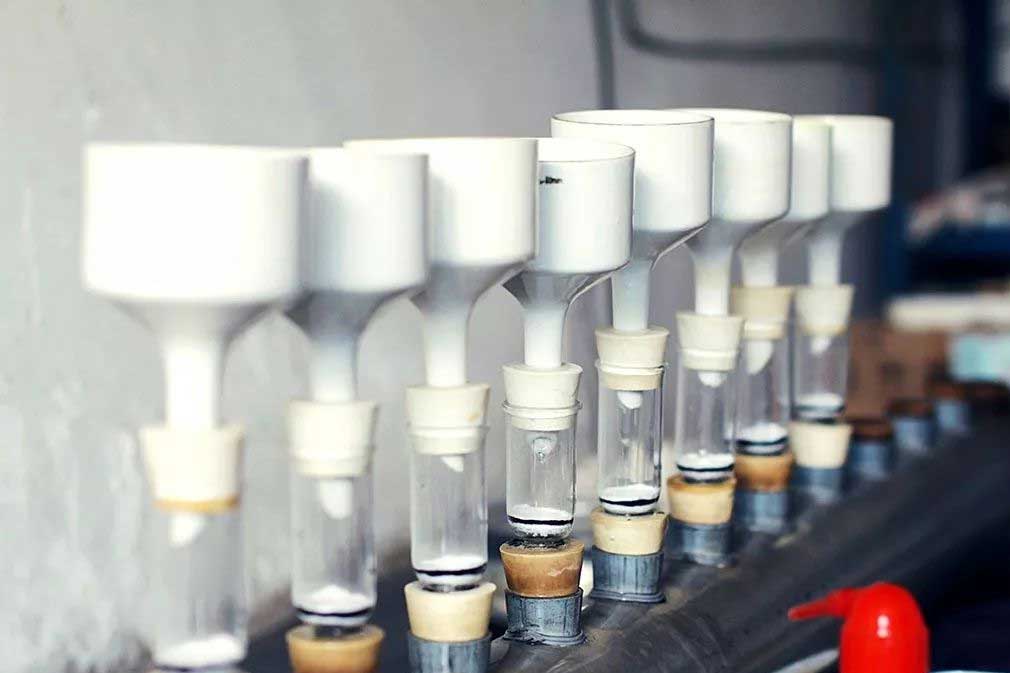
Two principles of ideal mining pulp concentration
In actual production, the ore properties and specific flotation conditions must be considered when determining the ideal pulp concentration, and determined through mineral processing tests. The two general principles are:
- For flotation of minerals with large specific gravity and coarse particle size, thicker pulp is often used; on the contrary, for flotation of minerals with small specific gravity and fine particle size, thinner pulp is used. The common flotation concentration is 25-45%, and some can reach above 50.
- The thicker slurry is used in the roughing operation, which can ensure a high recovery rate and save chemicals. The thinner concentration is used in the beneficiation operation, which is conducive to improving the concentrate grade, generally 15-25%. The concentration of the sweeping operation is generally not controlled separately due to the influence of rough selection. It is usually lower than the rough selection area and higher than the selection area, mostly 20-40%.
Factors 4#:Pulp pH (pH value)
When minerals are flotation with different flotation reagents, there is a critical pH value of “float” and “non-float”. The pH value of ore pulp often directly or indirectly affects the floatability of minerals. But the critical pH value will change with the change of flotation conditions. If a different collector is used or its concentration is changed, the critical pH will change.
Under certain floating conditions, any kind of mineral has a relatively suitable pH value. Only under this value, the concentrator can obtain a better flotation index. Therefore, controlling the critical pH value is also one of the important ways to control the flotation process indicators.
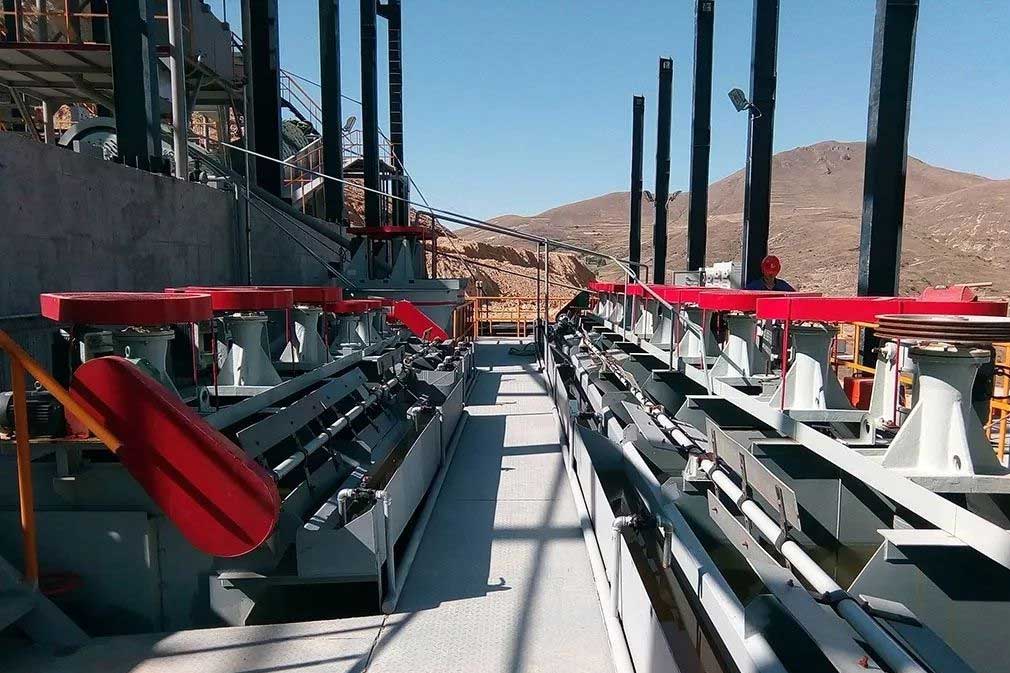
The impact of the pH value of the pulp on the flotation process is mainly reflected in the following four aspects:
Mineral Surface Electricity
For some oxidized ores and silicate minerals, the pH value of the pulp will affect their surface electrical properties, and then affect their flotation properties.
Mineral Floatability
When collectors are used for flotation, the floatability of most minerals will be affected by the pH value of the pulp. When the pH value of the pulp is less than the critical pH value, the minerals can float up; when the pH value of the pulp is greater than the critical pH value, the minerals cannot float up.
Collector exists in solution
Under different pH conditions, some collectors will exist in different states.
Surface Hydroxylation of Oxide and Silicate Minerals
The cations on the surface of oxidized minerals and acid salts can be hydrolyzed into hydroxyl complexes, and their formation and mass fraction are strictly controlled by the pH value of the pulp, which will affect the final flotation process indicators.
Factors 5#:Pharmaceutical system (prescription)
In the flotation process, the system of adding chemicals is often referred to as prescription, which mainly refers to the type, quantity, place of adding chemicals, order of adding drugs and the preparation method of drugs, etc. Practice has proved that when the flotation process index drops, many cases are caused by improper flotation agent system.
Drug type
The type of flotation agent is mainly determined according to the research results of ore selectability. Different agents have different functions in the flotation process (such as collection, foaming and adjustment). In the production process, even if it is the same type of medicine, more than two kinds are often used. For example, when collectors are used, the effect of mixed drugs is better than that of single drugs; when gold is selected, xanthate and black drug are used in combination, and the recovery rate of gold is significantly improved.
Dosage
The amount of flotation agent added is determined through mineral processing test research and practical experience. In production, operators need to adjust the dosage of chemicals in time according to changes in ore properties and other conditions.
- If the amount of collector is insufficient, the minerals to be flotation will show insufficient hydrophobicity, which will lead to a decrease in recovery rate; Floatability, leading to a decline in concentrate grade.
- Insufficient blowing agent is used, which is manifested by low foam volume and unstable foam layer, resulting in reduced recovery. Excessive use of foaming agent increases the viscosity of the pulp, and the flotation foam is too stable, which not only has a bad effect on flotation, but also brings difficulties to the concentrate dehydration operation.
- If the amount of inhibitor is insufficient, the concentrate grade will decrease; if the inhibitor is excessive, the recovery rate of concentrate will decrease. Therefore, it is necessary to control the dosage of the inhibitor to keep it within an appropriate dosage range.
Place and order of addition of potions
Where to add medicine
- Determine the place of addition according to the dissolution rate and action time of the agent. The dissolution rate is low and requires a long action time, so it can be added to a ball mill, or the distance between the stirring tank and the flotation tank can be lengthened, or the stirring time can be increased, otherwise it can be added to the stirring tank.
- Consider the interaction between various agents. Generally, the order of adding agents is: pH adjuster-inhibitor or activator, collector-foaming agent.
- If there is re-election and amalgamation operation before the flotation operation, the flotation agent cannot be added to the grinding machine. Because the floating concentrate will affect the recovery of gold in gravity separation and amalgamation operations. In addition, some agents can “poison” mercury and reduce the ability of mercury to capture gold.
Drug addition order
- Concentrated addition: Before the roughing operation, all the agents are added at one time, which is suitable for agents that are easily soluble in water, not easily taken away by foam, and not easy to lose efficacy.
- Add in stages: Add in two or more times during the sorting process, suitable for agents that are easy to be taken away by foam, and easy to interact with fine mud or soluble salts and become invalid.
Pharmacy preparation
Flotation reagents are divided into solid and liquid. When adding in the flotation process, sometimes the solid medicine is added directly, sometimes the stock solution is added, and sometimes the solid medicine needs to be prepared into a certain concentration of the medicine solution before adding. The form in which the medicament is added mainly depends on factors such as the solubility of the medicament, the action time, the dosage of the medicament, and the operating conditions.
- Chemicals that are easily soluble in water (such as copper sulfate, xanthate) need to be prepared into a 5-20% solution;
- Slightly soluble in water (black medicine, oleic acid), can be formulated into low-concentration solutions or directly added to the grinding machine;
- Drugs that are difficult to dissolve in water can be dissolved with organic solvents first, and then formulated into low-concentration solutions.
Factors 6#:Slurry temperature
The pulp temperature plays an important role in the flotation operation of the flotation cell. Heating can accelerate the thermal movement of molecules and have various effects on minerals, such as accelerating the dispersion, dissolution, hydrolysis, and decomposition of chemicals, increasing the speed of action between chemicals and mineral surfaces, promoting the desorption of chemicals, and promoting the oxidation of mineral surfaces.
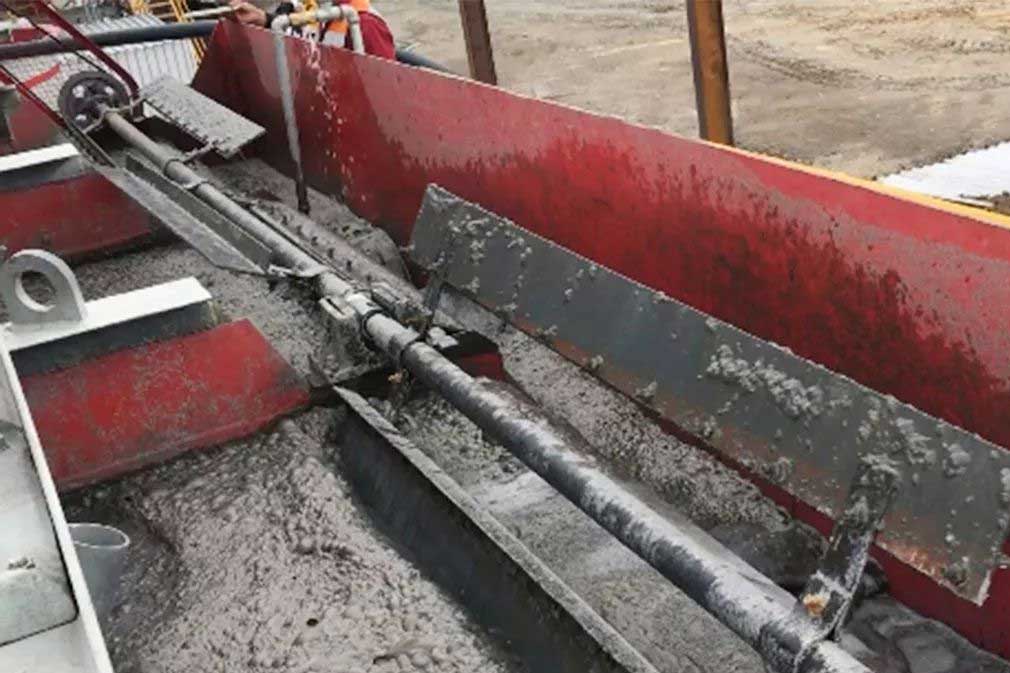
Changing the slurry temperature mainly considers the following two factors:
- Some agents need to be dissolved and exert their effect at a specific temperature;
- Certain minerals have special flotation process requirements.
Factors 7#:Water quality
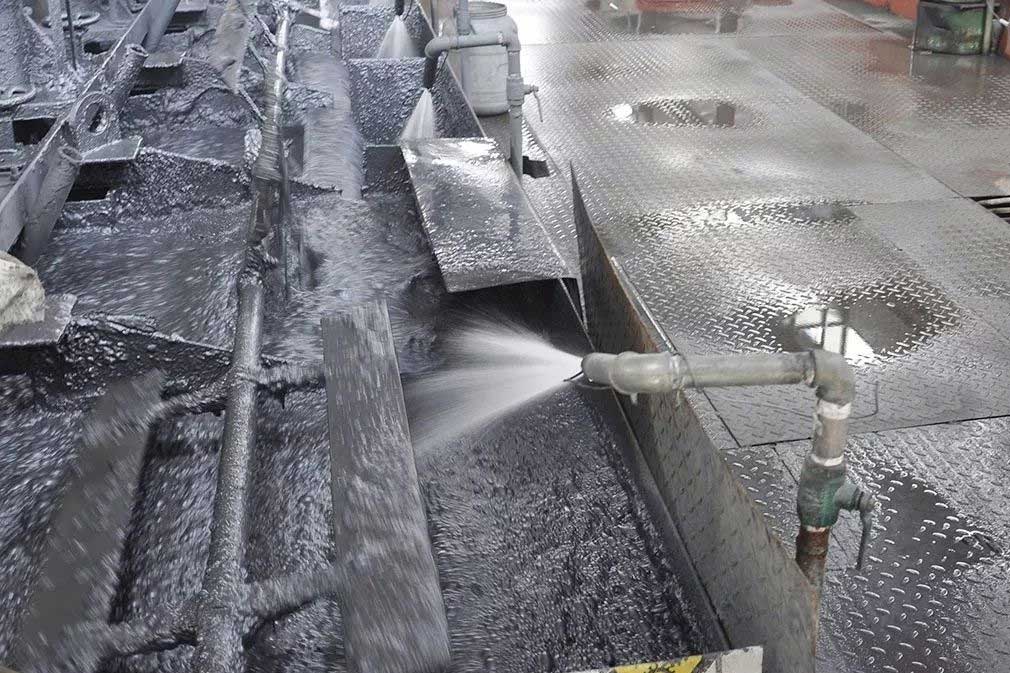
The flotation process is mainly carried out in the water medium, so the water quality has a great influence on the flotation process and its indicators. Generally, flotation production water mainly includes soft water, hard water, salt water, saturated solution of salt and production backwater. Different production processes have different requirements for water quality. Generally, the water used for flotation should not contain a large amount of suspended solids and substances that react with flotation agents or minerals. In addition, the dissolved oxygen content also has a significant impact on the flotation process indicators.
Factors 8#:Flotation time
The residence time of the pulp in each operation flotation tank is called the operation flotation time, and the sum of the flotation time of the roughing operation and each sweeping operation is the total flotation time of the process.
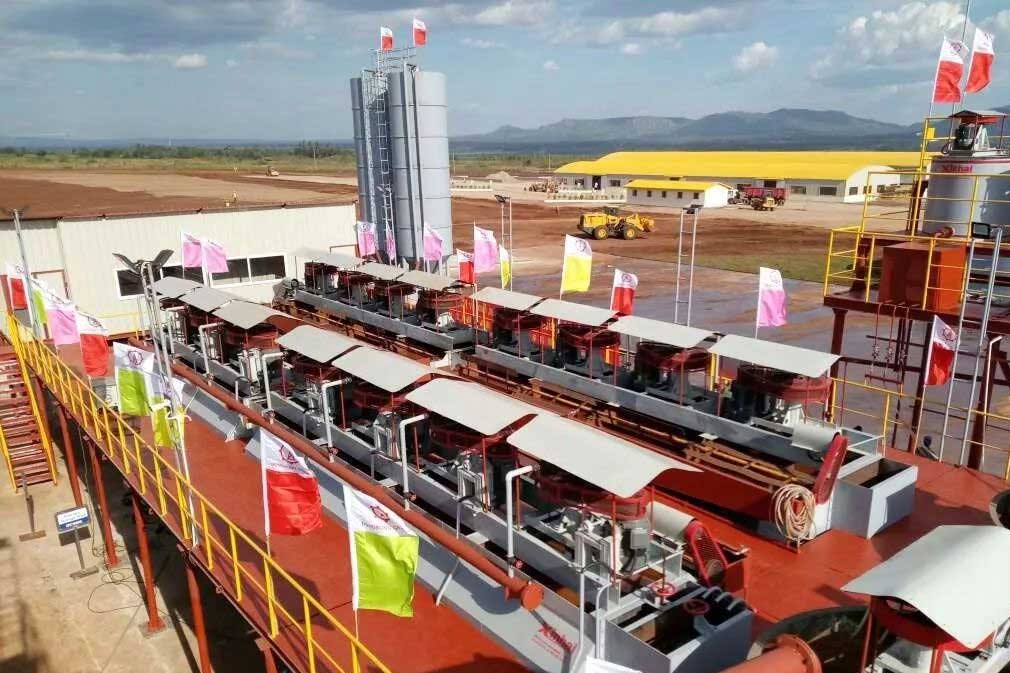
The appropriate flotation time is determined through mineral processing tests. When the minerals have good flotationability, low content of flotation minerals, proper flotation feed particle size, low slurry concentration, and strong chemical action, the stronger the flotation machine is inflated, the shorter the flotation time is. Otherwise, a longer flotation time is required.
Increasing the flotation time can increase the recovery rate, but the concentrate grade will decrease. At the beginning, the recovery rate increased obviously, but with the prolongation of flotation time, the increase rate gradually decreased until a fixed value.
Final words
In short, the flotation process is a common mineral processing method in the production of mineral processing plants. Its process will directly affect the final technical and economic indicators, and its importance can be imagined. In production, it is recommended that the mine owner must pay attention to every detail of the flotation process, and determine each process parameter according to the results of the scientific beneficiation test report, so as to obtain the ideal beneficiation plant benefit.